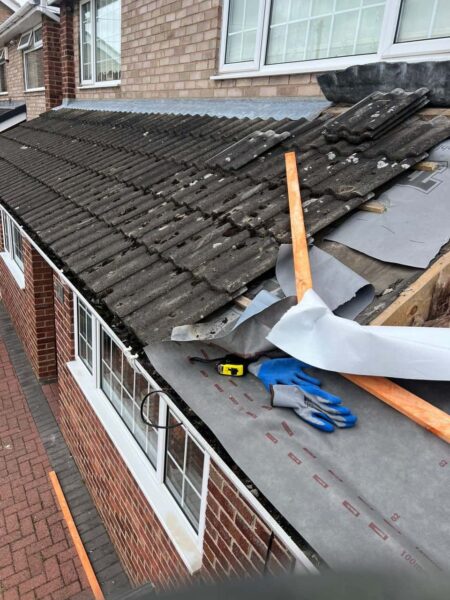Harvesting Rain, Harvesting Sustainability: Integrating Rainwater Harvesting Systems into Flat Roof Design
Introduction: Water scarcity and environmental sustainability are pressing concerns that demand innovative solutions. One such solution lies in harnessing the power of rainwater through harvesting systems. For flat roof designs, incorporating rainwater harvesting systems conserves water, reduces reliance on municipal water sources, and mitigates stormwater runoff. At FCB Roofing Cranfield, we believe in the importance of sustainable roofing solutions that benefit both the environment and property owners. This blog post will explore the benefits and considerations of integrating rainwater harvesting systems into flat roof designs.
Understanding Rainwater Harvesting Systems:
Rainwater harvesting systems collect and store rainwater runoff from rooftops for later use. These systems typically consist of several components, including:
- Collection Surface: The flat roof is the primary collection surface for rainwater runoff. Roofing materials and design are crucial in determining the quantity and quality of harvested rainwater.
- Gutters and Downspouts: Gutters and downspouts channel rainwater from the roof surface to storage tanks or cisterns for storage and reuse.
- Filtration System: Filtration systems remove debris, sediment, and contaminants from collected rainwater to ensure its quality for various non-potable uses.
- Storage Tanks or Cisterns: Storage tanks or cisterns store harvested rainwater for later use in irrigation, landscaping, toilet flushing, and other non-potable applications.
Benefits of Rainwater Harvesting Systems:
- Conservation of Potable Water: Rainwater harvesting reduces the demand for potable water by providing an alternative source for non-potable uses, such as irrigation and toilet flushing.
- Stormwater Management: Rainwater harvesting systems help mitigate stormwater runoff by capturing and storing rainwater on-site, reducing the risk of flooding and soil erosion in urban areas.
- Cost Savings: Utilising harvested rainwater for non-potable applications can lead to significant cost savings on water bills, particularly in regions with high water rates or drought-prone climates.
- Environmental Sustainability: Rainwater harvesting promotes environmental sustainability by reducing reliance on finite water resources, lowering energy consumption associated with water treatment and distribution, and minimising the carbon footprint of water supply systems.
Considerations for Flat Roof Design:
When integrating rainwater harvesting systems into flat roof designs, several factors should be considered:
- Roof Pitch: Flat roofs require adequate slope or drainage systems to facilitate the efficient collection and conveyance of rainwater to storage tanks or cisterns.
- Roofing Materials: Select roofing materials compatible with rainwater harvesting, such as single-ply membranes, PVC, or metal roofing. These materials are durable, non-toxic, and resistant to algae and fungal growth.
- Structural Load: Ensure that the flat roof structure can support the additional weight of rainwater storage tanks or cisterns and the harvested rainwater itself.
- Maintenance Requirements: Regular maintenance, including cleaning gutters and filters, inspecting for leaks, and treating stored rainwater, is essential to ensure the continued performance and longevity of rainwater harvesting systems.
Conclusion: Incorporating rainwater harvesting systems into flat roof designs offers numerous benefits, including water conservation, stormwater management, cost savings, and environmental sustainability. Experts specialise in designing and installing flat roofs equipped with efficient rainwater harvesting systems tailored to our client’s needs and goals.
Call us on: 01234 981 898
Click here to find out more about FCB Roofing Cranfield
Click here to complete our contact form and see how we can help with your roofing needs.

